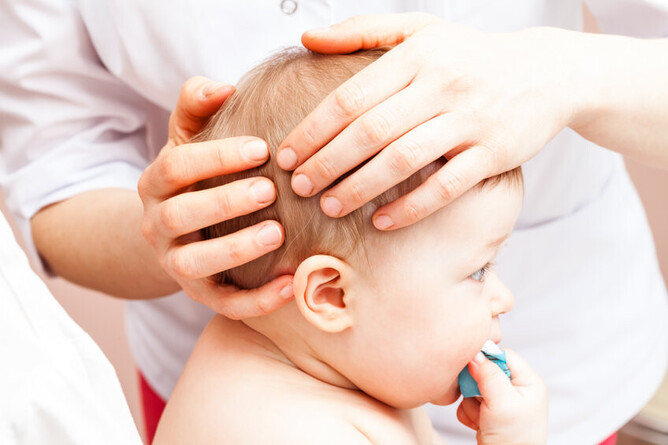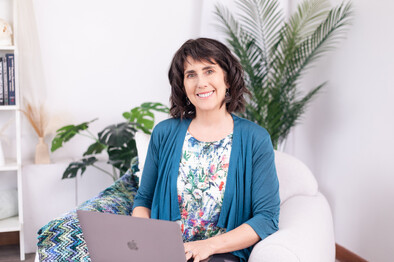Should I give my baby a dummy?
Parents are often scared away from using a soother with their baby, due to images of seeing a toddler with the plug stoppering their mouth when they are out and about each day. They have concerns it is silencing the child, plus damaging their dentition (how their teeth are aligned) along with getting disapproving looks from well meaning adults around them. Using a soother from a young age may reduce the amount of milk a baby takes in each day and affect the amount of nutrition they receive right at the time they are growing the fastest.
These are all valid concerns.
However, every baby is unique.
If you have a baby who is feeding well and gaining impressive weight each week, but is quite upset and spilling milk after each feed, they may benefit from a soother in the first few months. New mums are often concerned about milk supply and a baby latching well and sucking sure brings on more milk. Some mum’s have an excess of supply and a strong flow, so that when the baby suckles they receive a large amount of milk in a relatively short time.
Combine an excess milk supply with a baby who really needs to suck to provide themselves comfort and you may have a problem which can be overlooked.
Why do some babies need to suck to provide comfort?
Sucking helps allow the milk to move down through the digestion process, by stimulating the flow of saliva and downward contractions of the tube to the stomach. It also increases the rate of stomach emptying. This is helpful if your baby might have symptoms of acid reflux.
Some babies have a sore head and/or neck from birth - maybe caused by a long labour, especially if they get stuck for a while, the cervix is slow to open and the baby’s head can get affected/compressed in the birth canal. Then forceps or ventouse (suction) may be required to help the baby reposition and assist them out of the birth canal. This situation is much more common in first time mums and their babies.
Osteopathically what we may see is a baby with a headache. Of course the new baby is unable to tell us they have a headache, except by crying and being less settled than expected. This can be hard work for parents and they can feel upset that they are unable to provide comfort to their baby.
How do we know if the baby has a headache?
Experienced paediatric osteopaths palpate thousands of heads each year, in all ages. We observe the child who is four years old and able to point to an area of their head and say it hurts, the two year old who may be able to put a hand on their forehead and give a tired look. This gives us clues as to what a headache feels like to palpate (= sensitive listening touch) with our trained hands, in a non-verbal baby or child. Using our hands very gently we are able to palpate the strains in the membranes that surround the bones of the head in all ages and diagnose and very gently treat those strains, utilising the body’s self healing mechanism.
Without gentle osteopathic care, what is the baby with a headache going to do? They will want to suck more often as pressure on the hard palate, the roof of their mouth, can help (via the vertical vomer bone), to relieve the tightness in the membranes around the sphenoid bone, which sits across the front of the head, right behind the eyes.
If this situation of a sore head and excess sucking is combined with a mum with lots of milk, the baby may get so much milk that they will start vomiting up the excess. They want to suck to get pain relief, but don’t actually need extra milk. Then the use of a finger, turned upwards so the soft pad is available for the roof of the baby's mouth, will certainly help. Of course, parents do need a rest or to be hands free from the baby at times, so they can eat or have a shower. This is when the soother can be a helpful tool.
Research shows that babies under the age of 4-6 months are not able to be sleep trained, their nervous system is not able to form the memories required, so in the early months, I recommend parents do whatever they can to help their new baby’s nervous system be calm and happy. Babies need cuddles, milk and sleep, lots of it. You may have heard of the ‘fourth trimester’ - the stage where your baby would still be in your uterus if they could be, however they would be getting too big for the mum to move around or to birth. So instead, as parents you need to provide the snuggles, jiggles, warmth and a variety of white noises just like they would have had in your uterus, so your baby can be really relaxed and get enough sleep.
Newborns generally need to sleep 16-20 hours in a 24 hour period.
This fourth trimester is also where the soother can come in for some babies. If they seem happier and it helps them stop spilling milk, you can use the soother without any feelings of guilt. It won't affect their dentition at this age, they won't be a toddler with a soother in their mouth all day long, as you can remove of the soother around 4-6 months old. Each baby is individual in this regard and you will hopefully get an indication that they don’t need the soother as much - they may start to refuse it, they may spit it out at night and then want you to find it and put it back in. That would be a good time to remove it altogether. As your baby grows bigger and their digestive system develops, they will manage any excess milk better and will be able to learn to soothe themselves for their sleep.
It is important to mention that sometimes paediatric osteopaths see toddlers or preschoolers who really want and need the soother due to tightness or pain in their head. I have heard mothers say they feel very guilty about letting the child have the soother at this older age, so they take the soother away, or only allow it in the cot or bed. However, if that young child actually needs the soother to help their head feel better, then it’s kind and necessary to let them have it as a temporary measure. Once a paediatric osteopath gently treats the toddler a few times and the strains in their head ease, they will no longer get the headaches, nor need the soother. The child is able to grow without head pain, their dentition can be helped back to normal, there is no more stigma of having a soother as an older child and everyone is happier.
References:
1) Breastfeeding Patterns in Relation to Thumb Sucking and Pacifier UseClara Aarts, Agneta Hörnell, Elisabeth Kylberg, Yngve Hofvander and Mehari Gebre-Medhin
Pediatrics October 1999, 104 (4) e50; DOI: https://doi.org/10.1542/peds.104.4.e50
2) The relatively short duration that a child retains a pacifier in the mouth during sleep: SIDS implications
Weiss, Peter P W; Kerbl, Reinhold.European Journal of Pediatrics; Berlin Vol. 160, Iss. 1, (Jan 2001): 60. DOI:10.1007/s004310000638
3) Recommendations for the use of pacifiers
M Ponti, Canadian Paediatric Society, Community Paediatrics Committee
Paediatrics & Child Health, Volume 8, Issue 8, October 2003, Pages 515–519, https://doi.org/10.1093/pch/8.8.515
To find out more about the author Melanie Click Here



